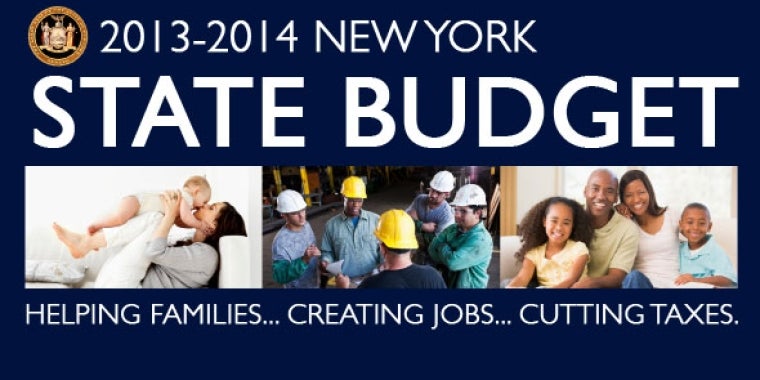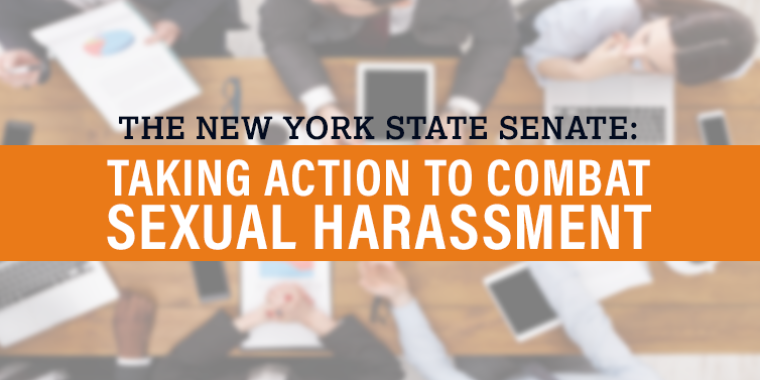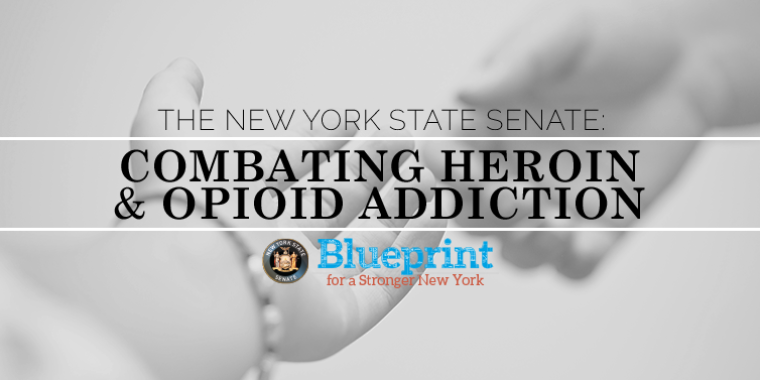
2013 - 2014 New York State Budget

Dear Neighbors,
Working in a bipartisan fashion, we have enacted an on-time State Budget.
While that’s good news, the even better news is that it is a soundly balanced, fiscally responsible budget that will control spending, cut taxes and keep New York State moving in the right direction.
From the start of the budget negotiation process, my main objective was simple -- to help put money back into your pocket so that you can more easily balance your family’s household budget.
Another key objective was helping our small businesses, in order to strengthen our economy and create new jobs in our community.
The new budget achieves both of these important goals.
Tax Relief For Our Families
For many middle class families across New York, making ends meet has become a real struggle. That’s why I fought to include in the budget some of the key elements of the “Family Tax Relief Act” that I recently proposed.
Perhaps the biggest news is that a new $350 Family Tax Relief check will be sent to middle class families with children next year. With the daily cost of living going up, this is money that can be used to help pay down bills, cover day care expenses or invest in your family’s future.
Preserving the Lowest Middle Class Tax Rates in 60 Years
The new State Budget also extends the middle class personal income tax rate reductions enacted in 2011, which were due to expire next year. These tax rate reductions provide 4.4 million taxpayers with $707 million in tax relief per year, and this extension will ensure that New York's middle class income tax rates remain at the lowest level in 60 years.
The budget will also continue the inflation indexing approved in 2011, in order to provide hardworking taxpayers with a hedge against inflation. This provides $230 million in tax savings, and helps to avoid unintended tax increases that would happen as a result of normal income growth.
Controls Spending
In order to keep our state moving in the right direction, the budget keeps spending growth below two percent. This marks the third consecutive year that spending growth has been below two percent, which is consistent with the local spending cap that applies to school districts and local governments.
Overall, the budget reflects my commitment to spending restraint, because I fully recognize that the only way to reduce the tax burden on New Yorkers is to control spending.
Increasing Education Aid
In order to help strengthen our children’s future, the 2013-2014 State Budget includes a nearly $1 billion increase in funding for public education. This increase in school aid will be distributed in a fair and equitable manner to help ensure that children in all regions of the state have the resources they need for a strong and sound education.
This is good news not only for our children, but for local property taxpayers as well.
Helping to Create Jobs
The new State Budget will help strengthen our economy and create good paying jobs, because it includes many of the key initiatives included in my recently proposed “Blueprint for Jobs” Plan:
• It cuts taxes for small businesses;
• Reduces energy taxes;
• Provides additional funding for job training; and
• Enacts new workers’ compensation and unemployment insurance reforms.
As I mentioned, from the start of the budget negotiation process my key priorities were clear – helping you balance your family’s household budget, and creating new jobs. By passing a budget that cuts taxes for families, while also enacting smart policies to help jumpstart job creation, we have achieved these goals.
Best regards,

Phil Boyle
Member of the Senate
2013-2014 State Budget Overview
Links to Budget Bills
Legislature and Judiciary (S.2601A)
Public Protection / General Government (S.2605D)
Health and Mental Hygene (S.2606D)
Education, Labor, Housing and Family Assistance (S.2607D)
Transportation, Economic Development and Environmental Conservation (S.2608D)



